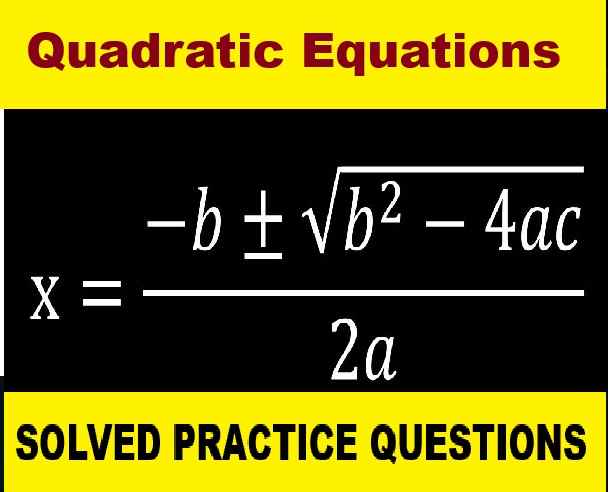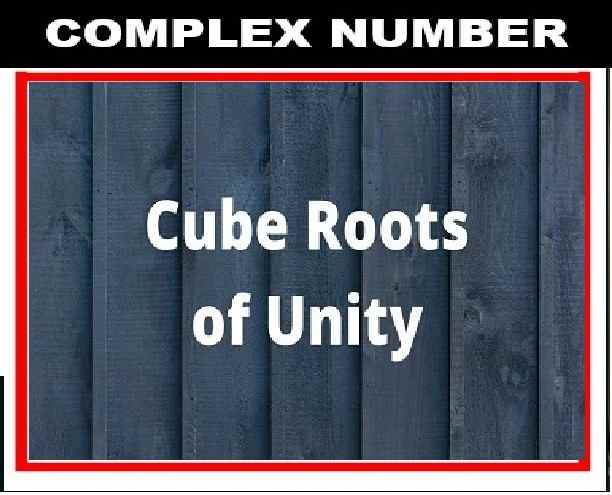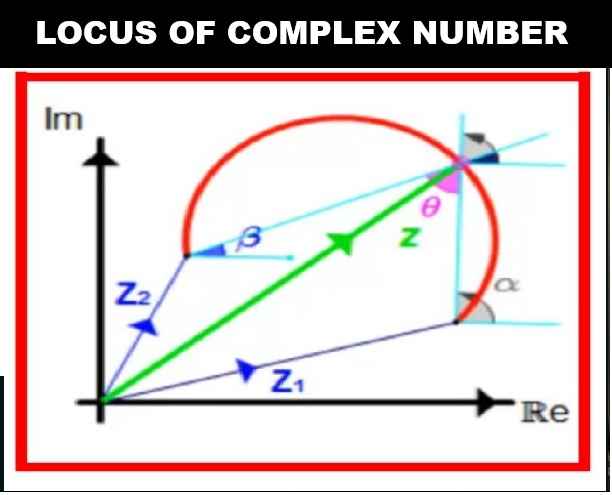Probability RS Aggarwal Class-8 ICSE Maths Goyal Brothers Prakashan Solutions Chapter-27. We provide step by step Solutions of Exercise / lesson-27 Graphical Representations of Statistical Data for ICSE Class-8 RS Aggarwal Mathematics.
Our Solutions contain all type Questions of Exe-27 with Notes to develop skill and confidence. Visit official Website CISCE for detail information about ICSE Board Class-8 Mathematics
Probability RS Aggarwal Class-8 ICSE Maths Goyal Brothers Prakashan Solutions Chapter-27
–: Select Topics :–
Notes on Probability
Probability means possibility / Chance. It is a branch of mathematics that deals with the occurrence of a random event. The value is expressed from zero to one.
Definition of Probability:
Probability is defined as the numerical method of measuring uncertainty involved in a situation.
It is widely used in the study of mathematics, statistics, gambling, physical science, biological science, weather forecasting, finance etc. to draw conclusions.
Experiment:
An experiment is defined as an action or process that results in well defined outcomes
Formula for Probability
The probability formula is defined as the possibility of an event to happen is equal to the ratio of the number of favourable outcomes and the total number of outcomes.
Formula for Probability
Probability of event to happen P(E) = Number of favourable outcomes/Total Number of outcomes
Random experiment:
An experiment, in which we know all the results, but cannot predict them, is called a random experiment.
Outcomes:
The possible results of an experiment are called the outcomes
Probability of an Event
A combination of outcomes is called an event
Assume an event E can occur in r ways out of a sum of n probable or possible equally likely ways. Then the probability of happening of the event or its success is expressed as
P(E) = r/n
The probability that the event will not occur or known as its failure is expressed as:
P(E’) = (n-r)/n = 1-(r/n)
E’ represents that the event will not occur.
Therefore, now we can say;
P(E) + P(E’) = 1
This means that the total of all the probabilities in any random test or experiment is equal to 1
Probability of an event = .
Probability Terms and Definition
Some of the important probability terms are discussed here:
| Term | Definition | Example |
|---|---|---|
| Sample Space | The set of all the possible outcomes to occur in any trial |
|
| Sample Point | It is one of the possible results | In a deck of Cards:
|
| Experiment or Trial | A series of actions where the outcomes are always uncertain. | The tossing of a coin, Selecting a card from a deck of cards, throwing a dice. |
| Event | It is a single outcome of an experiment. | Getting a Heads while tossing a coin is an event. |
| Outcome | Possible result of a trial/experiment | T (tail) is a possible outcome when a coin is tossed. |
| Complimentary event | The non-happening events. The complement of an event A is the event, not A (or A’) | Standard 52-card deck, A = Draw a heart, then A’ = Don’t draw a heart |
| Impossible Event | The event cannot happen |
Exe-27 , Probability RS Aggarwal Class-8 ICSE Maths Goyal Brothers Prakashan Solutions
Question 1:
A coin is tossed once. What is the probability of getting a head ?
Answer :
On tossing a coin once,
Number of possible outcome = 2
Similarly, favorable outcome getting a head = 1
So, P(E) = Number of favorable outcome/Number of all possible outcome = 1/2
Question 2:
A die is thrown once. What is the probability of getting :
(i) the number 4
(ii) an odd number ?
Answer :
A die has six numbers: 1, 2, 3, 4, 5, 6
Number of possible outcomes = 6
(i) the number = 4
Number of favorable outcome of getting a number 4 = 1
So, P(E) = Number of favorable outcome/Number of all possible outcome = 1/6
(ii) an odd number
Number of favorable outcomes = 3
So, P(E) = Number of favorable outcome/Number of all possible outcome = 3/6
= 1/2 Ans..
Question 3:
A die is thrown once, What is the probability of getting :
(i) a prime number
(ii) a number greater than 2
(iii) a number other than 2 and 5.
Answer :
A die has six numbers: 1, 2, 3, 4, 5, 6
Number of possible outcomes = 6
(i) a prime number
Number of favorable outcomes = a prime number = 1, 3, 5 which are 3 in numbers
So, P(E) = Number of favorable outcome/Number of all possible outcome = 3/6
= 1/2
(ii) Number of favorable outcome = greater than 2 i.e. four numbers 3, 4, 5 and 6
So, P(E) = Number of favorable outcome/Number of all possible outcome = 4/6
= 2/3
(iii) Number of favorable outcome = Number other than 2 and 5 i.e. 1, 3, 4, 6
So, P(E) = Number of favorable outcome/Number of all possible outcome = 4/6
= 2/3
Question 4:
Two coins are tossed simultaneously. Find the probability of getting :
(i) exactly one head
(ii) at least one tail
(iii) no tail
(iv) at most one head
Answer :
Total number of possible outcomes 4 ex. (HH), (HT), (TT) and (TH)
(i) Exactly one head
Possible number of favorable outcomes = 2
(ex. TH and HT)
So, P(E) = Number of favorable outcome/Number of all possible outcome = 2/4
= 1/2
(ii) At least one tail
Possible number of favorable outcomes = 3
Total number of possible outcomes = 4
So, P(E) = Number of favorable outcome/Number of all possible outcome = 3/4
(iii) No tails
Possible number of favorable outcomes = 1
Total number of possible outcomes = 4
So, P(E) = Number of favorable outcome/Number of all possible outcome = 1/4
(iv) At most one heads
Possible number of favorable outcomes = 3
(ex. TT, HT and TH)
Total numbers of possible outcomes = 4
So, P(E) = Number of favorable outcome/Number of all possible outcome = 3/4
–: End of Probability RS Aggarwal Class-8 Solutions :–
Return to- RS Aggarwal Solutions for ICSE Class-8 Goyal Brothers Prakashan
Thanks



Thank you for your kind
Best website it help alot 🤠
Why is exercise 27 (B) is not given in this website
update soon
Mine here have 8 question and they are different only 1st question of your book is same with mine
Update soon till last chapter one by one
Mine book has till to no 8 and the problem is only no 1 is same rest all are different
Plz go with my problem not only mine
Others also
call on 8948221203